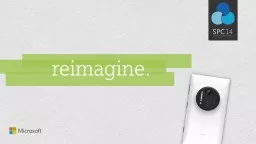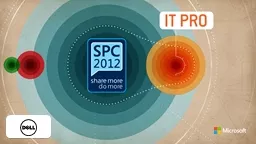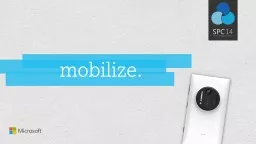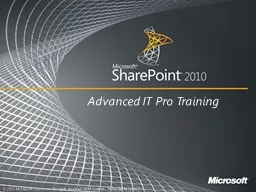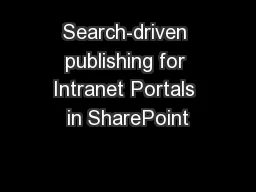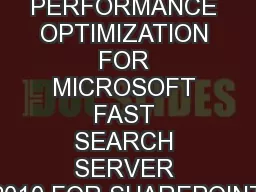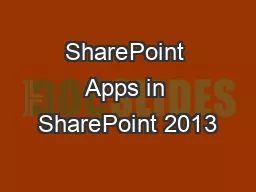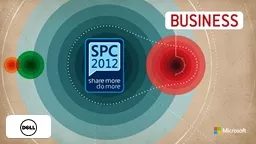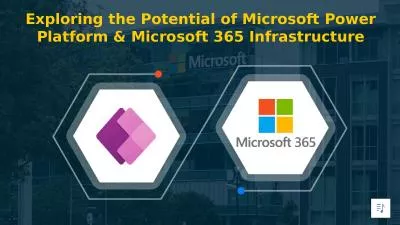PPT-Re-Architecting Search Solutions with SharePoint’s new Fe
Author : trish-goza | Published Date : 2016-03-11
ITP314 CIO314 PM314 IA314 Wes Preston MCTS Inetium wwwinetiumcom wesidubbscom Wes is a SharePoint consultant and organizes the Minnesota SharePoint User Group 150
Presentation Embed Code
Download Presentation
Download Presentation The PPT/PDF document "Re-Architecting Search Solutions with Sh..." is the property of its rightful owner. Permission is granted to download and print the materials on this website for personal, non-commercial use only, and to display it on your personal computer provided you do not modify the materials and that you retain all copyright notices contained in the materials. By downloading content from our website, you accept the terms of this agreement.
Re-Architecting Search Solutions with SharePoint’s new Fe: Transcript
Download Rules Of Document
"Re-Architecting Search Solutions with SharePoint’s new Fe"The content belongs to its owner. You may download and print it for personal use, without modification, and keep all copyright notices. By downloading, you agree to these terms.
Related Documents



